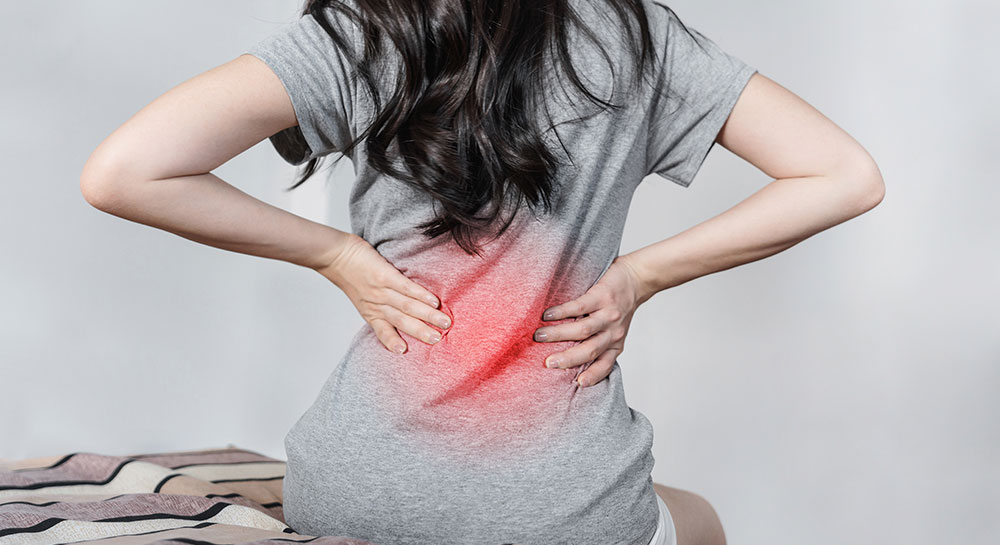Best Degenerative Disc Disease Treatment In Mumbai

Degenerative changes occurs in spinal discs and it is consider to be a normal part of aging. Degeneration occurs when there is wear down of discs. The main function of discs is to absorb the shock or jerk that happens when we move, bend or twist. Discs are basically the cushioning between the two vertebrae. When the cushion is damaged, vertebral bones rubs against each other and cause pain.
Who might get degenerative disc disease?
Degenerative disc disease is common in older adults. Few factors increases the risk of developing degenerative disease, including:
- Acute injuries/ trauma- fall
- Obesity
- Biological sex
- Smoking
- Working a physical demanding job
Degenerative Disc Disease Symptoms
– Numbness / Tingling sensation to arms/ legs
– Radiating down to buttocks and low back area
– Worsening of pain in activities like standing, walking, sitting, bending or lifting.
Degenerative Disc Disease Causes
Spinal discs wear down is a normal part of aging, many people experience degeneration taking place after the age of 40 years. However, not everyone experiences pain.
- Dry out: Discs contains water, which makes it soft and acts like a shock absorber. However, as the age increases, discs loses its water content and disc becomes thinner and fails to absorb shock as they use to do.
- Tear or crack: Injury to disc can be in the form of tear or crack. There are nerves present near the disc, if the outer border of disc is cracked open, it can cause the disc to bulge out known as “Herniated Disc” and can also pinch the nerve causing radiating pain to the limbs.
How Degenerative Disc Pain Feels Like?
– Pain can be felt in the neck or lower back.
– Pain extend into the arms and hands or into the butt and legs.
– Pain can be mild, moderate or severe.
– Pain may be intermittent in nature (start & stop)
– Can get worse after activities of daily living like as bending, twisting or lifting.
– Can get worse over time.
What is The Best Treatment For Degenerative Disc Disease
Prevention
Call +91 98192 85842 and speak to any of our office staff to learn more or schedule an appointment for degenerative disc disease treatment.


